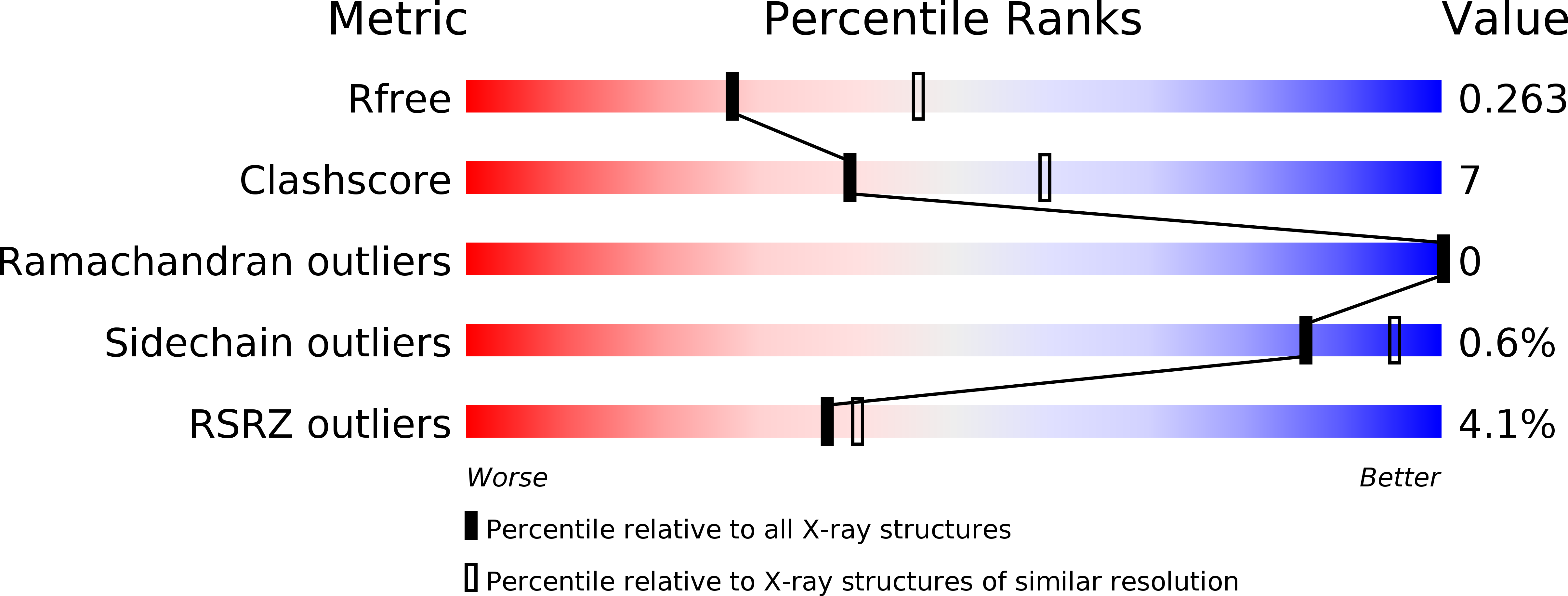
Deposition Date
2017-12-14
Release Date
2018-01-03
Last Version Date
2024-01-17
Entry Detail
PDB ID:
6F9N
Keywords:
Title:
CRYSTAL STRUCTURE OF THE HUMAN CPSF160-WDR33 COMPLEX
Biological Source:
Source Organism:
Homo sapiens (Taxon ID: 9606)
Host Organism:
Method Details:
Experimental Method:
Resolution:
2.50 Å
R-Value Free:
0.26
R-Value Work:
0.22
R-Value Observed:
0.22
Space Group:
P 1


